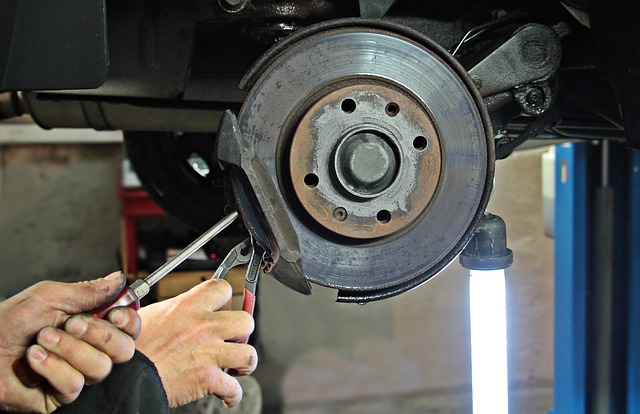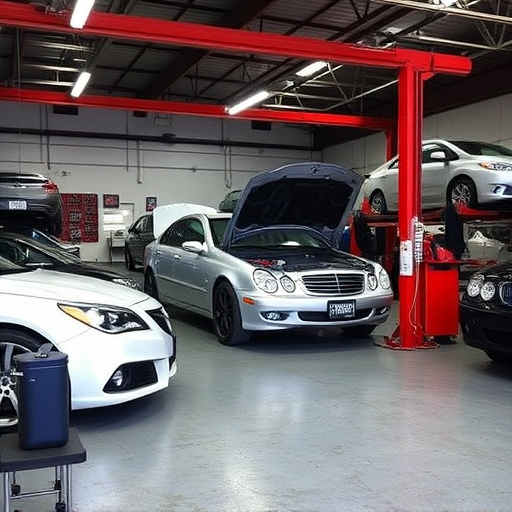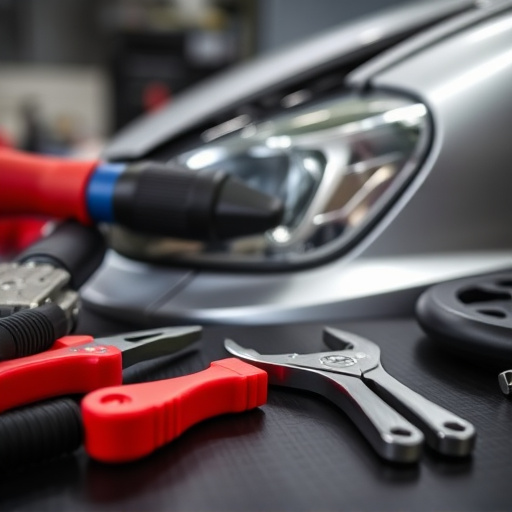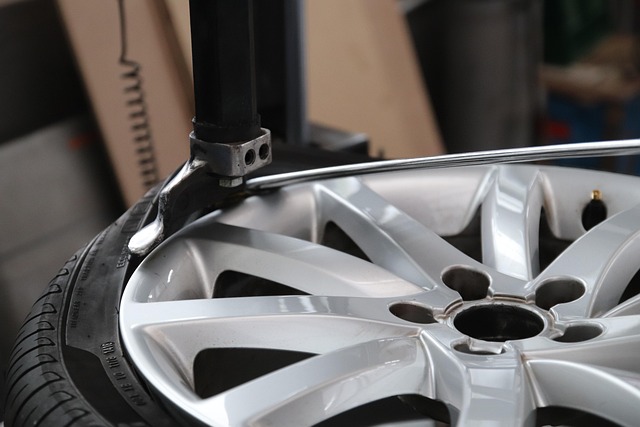Airbag module replacement (AMR) requires technicians to follow safety protocols, including protective gear and electrical system knowledge. It demands technical skills, manual dexterity, hand-eye coordination, and interpretation of schematics for precise removal. Comprehensive training covering AMR mechanics, disassembly, diagnosis, and customer service ensures proficient handling of diverse tasks in restoration and repair settings while adhering to industry standards.
In the realm of automotive safety, airbag module replacement is a critical skill for technicians. This article delves into the essential training requirements for professionals tasked with efficient and safe airbag module replacement. From understanding stringent safety protocols to mastering specialized skills, we explore comprehensive curricula designed to certify technicians in this vital task. By equipping ourselves with the right knowledge, we ensure the integrity of modern vehicles’ safety systems, saving lives and enhancing passenger protection.
- Understanding Airbag Module Replacement Safety Protocols
- Essential Skills for Efficient Module Removal and Installation
- Comprehensive Training Curricula for Certified Technicians
Understanding Airbag Module Replacement Safety Protocols

Understanding Airbag Module Replacement Safety Protocols is paramount for any technician involved in auto maintenance and vehicle repair services. Airbags are critical safety features designed to protect occupants during collisions, and their proper replacement ensures the continued effectiveness of this life-saving technology. Therefore, technicians must adhere strictly to industry standards and manufacturer guidelines when handling airbag modules.
This involves wearing appropriate personal protective equipment (PPE), such as gloves and eye protection, to minimize exposure to potentially hazardous materials. It also requires a deep understanding of the vehicle’s electrical system and the specific procedures for safely removing and installing new airbag modules in the vehicle body shop. Ensuring accurate alignment and proper connection is crucial to prevent any malfunctions that could compromise safety during future collisions.
Essential Skills for Efficient Module Removal and Installation

Efficient airbag module replacement requires a unique blend of technical skills and manual dexterity. Technicians must possess strong hand-eye coordination to navigate intricate components with precision, ensuring every step is executed flawlessly. This skill becomes paramount during module removal, where technicians carefully disassemble complex systems while adhering to strict safety protocols.
Furthermore, the ability to recognize and interpret detailed schematics is vital. Understanding diagrams enables technicians to effectively plan each step of the replacement process, especially when dealing with modern vehicles. Proficiency in paintless dent repair techniques is also advantageous, as it allows for minimal disruption to the vehicle’s exterior during disassembly and reassembly, complementing fleet repair services and enhancing overall efficiency.
Comprehensive Training Curricula for Certified Technicians

Comprehensive training curricula are essential for certifying airbag module replacement technicians. These programs should cover a wide range of topics, from understanding the complex mechanics of airbags to mastering safe disassembly and reassembly techniques. Technicians must learn not only how to replace faulty modules but also how to diagnose issues, ensuring each repair meets industry standards and regulations. A well-rounded curriculum includes hands-on training, virtual simulations, and theoretical knowledge assessments, enabling technicians to confidently handle a variety of airbag module replacement tasks in both car restoration and auto body repair settings.
In addition to learning technical skills, certified technicians should also develop proficiency in customer service and communication. Given that vehicle repairs often involve significant costs and potential safety concerns, technicians must effectively explain procedures, answer questions, and address client anxieties. This aspect of training prepares them for the interpersonal demands of working with customers while providing vehicle repair services.
Training is paramount in ensuring safe and efficient airbag module replacement, a critical aspect of modern vehicle safety. By mastering safety protocols, acquiring essential skills, and engaging in comprehensive curricula, technicians become adept at handling these delicate procedures. This not only safeguards occupants but also enhances the overall reliability of vehicles post-repair. Investing in rigorous training is thus a game-changer in the automotive industry, fostering peace of mind for both technicians and drivers alike.














